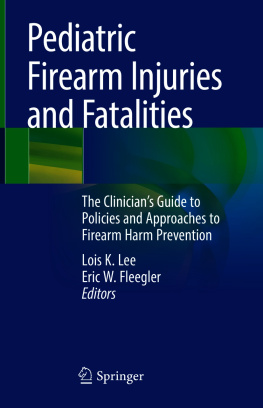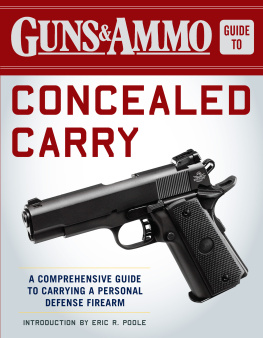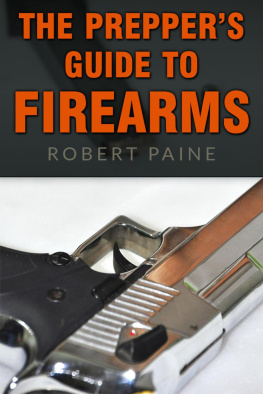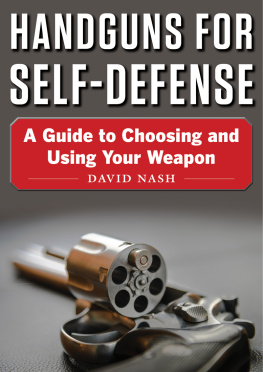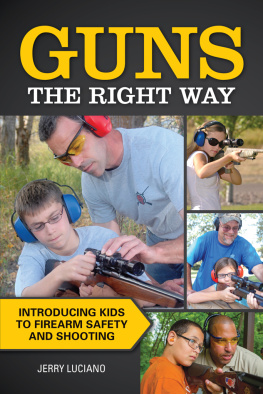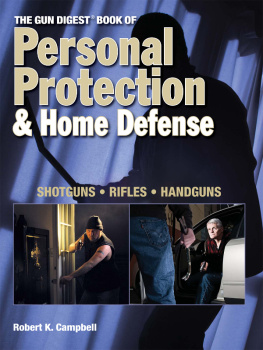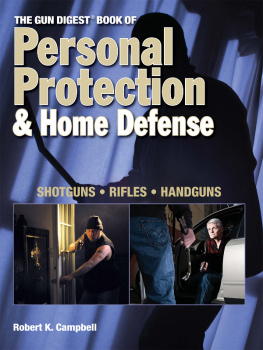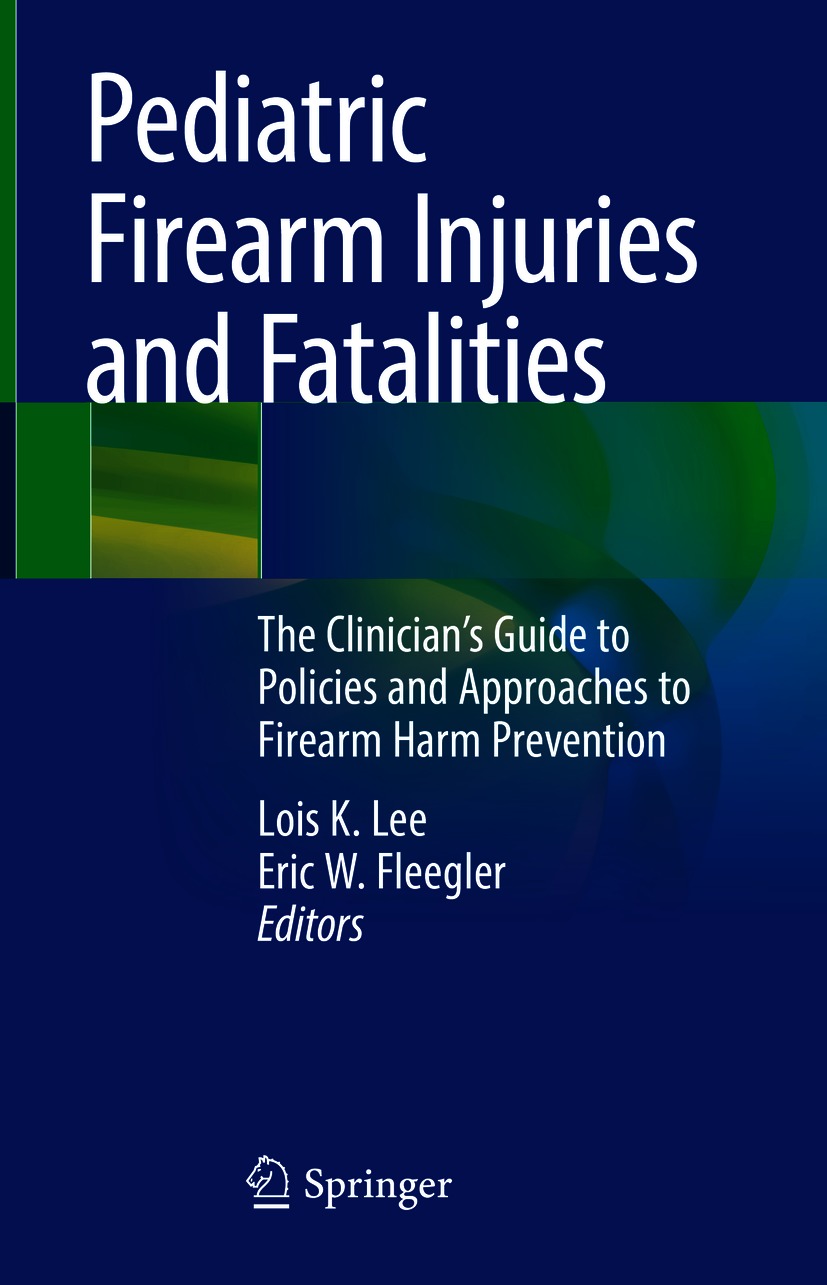Editors
Lois K. Lee and Eric W. Fleegler
Pediatric Firearm Injuries and Fatalities
The Clinicians Guide to Policies and Approaches to Firearm Harm Prevention
1st ed. 2021

Logo of the publisher
Editors
Lois K. Lee
Department of Pediatrics, Division of Emergency Medicine, Boston Childrens Hospital, Harvard Medical School, Boston, MA, USA
Eric W. Fleegler
Department of Pediatrics, Division of Emergency Medicine, Boston Childrens Hospital, Harvard Medical School, Boston, MA, USA
ISBN 978-3-030-62244-2 e-ISBN 978-3-030-62245-9
https://doi.org/10.1007/978-3-030-62245-9
Springer Nature Switzerland AG 2021
This work is subject to copyright. All rights are reserved by the Publisher, whether the whole or part of the material is concerned, specifically the rights of translation, reprinting, reuse of illustrations, recitation, broadcasting, reproduction on microfilms or in any other physical way, and transmission or information storage and retrieval, electronic adaptation, computer software, or by similar or dissimilar methodology now known or hereafter developed.
The use of general descriptive names, registered names, trademarks, service marks, etc. in this publication does not imply, even in the absence of a specific statement, that such names are exempt from the relevant protective laws and regulations and therefore free for general use.
The publisher, the authors and the editors are safe to assume that the advice and information in this book are believed to be true and accurate at the date of publication. Neither the publisher nor the authors or the editors give a warranty, expressed or implied, with respect to the material contained herein or for any errors or omissions that may have been made. The publisher remains neutral with regard to jurisdictional claims in published maps and institutional affiliations.
This Springer imprint is published by the registered company Springer Nature Switzerland AG
The registered company address is: Gewerbestrasse 11, 6330 Cham, Switzerland
To my mother and father, Sue and Henry Lee, who showed me what is possible through hard work and helping others.
To my husband, Young-Jo, who supports and sustains me through everything, and my children, Alex and Lauren, who inspire me every day.
~Lois K. Lee
To my mom and dad, Kathy and Earl Fleegler, and my brother, Michael Fleegler, you always believed in and supported me, and you will remain in my heart always.
To Marisa, the best wife, partner, and friend I could ever ask for, and to Joshua, Naomi, and Sonia, my passionate children who will each carry their own torches forward to light up the night.
~Eric W. Fleegler
And finally, to our patients, especially those affected by gun violence,
who motivate us to work to make this world safer.
Foreword
As I write this in early spring 2020, the globe is in the midst of confronting the pandemic caused by SARS-CoV-2. Our world has dramatically changed in ways few could have imagined and the future over the next months is uncertain.
Children have been the population group with the lowest proportion of severe illness and extremely rare mortality from COVID-19. The jobs of pediatric healthcare workers have been less directly affected by the virus than those of our adult medicine colleagues, but all have been indirectly affected by the changes the pandemic has brought on the healthcare system and our communities.
Contrast the risk to our children from SARS-CoV-2 to that from firearms. According to the Centers for Disease Control and Prevention (CDC), as of December 10, 2020, there were 162 deaths among children in the United States with COVID-19 disease. In contrast, 22 children and adolescents were killed per day in 2018 from firearms. A silver lining of stay-at-home orders is that the nation has been spared from the horrible specter of children being shepherded from schools by SWAT teams in response to a mass shooting in their classrooms. Shelter-in-place now has more hopeful implications as children stay home from school and parents work from home, rather than the use of the term in association with school shootings.
However, firearm sales have skyrocketed as people rush to buy handguns and rifles in response to the fear generated by the pandemic. The FBI reports that the week of March 1623, 2020 had the highest number of firearm background checks 1,197,788 conducted by the National Instant Criminal Background Check system for purchases of firearms since the system was set up in 1998. In short, firearms appear to be a more immediate threat to our nations children than SARS-CoV-2.
This book is important reading for healthcare workers for many reasons. Firearm injuries and the policies governing firearm access are complicated. The issues cant be summarized on a bumper sticker or a tweet regardless of where a person stands on the political spectrum. The descriptive data on firearm deaths is straightforward but the causes that result in those numbers and the methods to reduce them are not. The chapters in this book lay out the science as we know it in 2020, information that is not as robust as it should be because of the 24-year hiatus in funding by the CDC for firearm research. That hiatus has now ended with requests for proposals on firearm research issued this year by the CDC, National Institutes of Health (NIH), National Institute of Justice (NIJ), and private organizations such as the National Collaborative on Gun Violence Research. One of the lessons of the COVID-19 pandemic is that science is important and should drive policy when the health of the public is threatened. The same is true for policies related to firearms. Healthcare professionals need to educate themselves about the issues and know the science behind firearm injuries and policies. This book provides the science to make all of us better informed.
As the data in these pages show, some groups of children are much more affected by firearms than are others. Children living in urban areas are more at risk of firearm-related assaults and death than their counterparts in rural sections of the country. On the other hand, youth in rural communities have seen an increase in firearm-related suicide. African American young males have rates of firearm homicide that are an order of magnitude greater than that for young white males. American Indian and Native Alaskan youth have unconscionably high rates of firearm suicide. An astounding proportion of children in inner cities hear gunshots every year, and many have had firearm murders in their neighborhoods. The reasons for these high rates of firearm injuries and deaths in certain groups all ultimately stem from poverty and systemic racism. These same issues are responsible for the high rate of COVID-19 deaths in these communities. Solutions to reducing these rates must be found.
Another important COVID-19 lesson for the country has been that healthcare workers physicians, nurses, emergency medical service providers are critical professionals in the community who are dedicated to saving lives. The respect that members of this profession have earned in the last few months is probably greater than it has ever been in most of the lifetimes of the readers of this book. That newfound respect can give us a meaningful voice whether it be talking with patients and families or engaging our local, state, and national policy makers about the risks to our children related to unfettered access to firearms.

